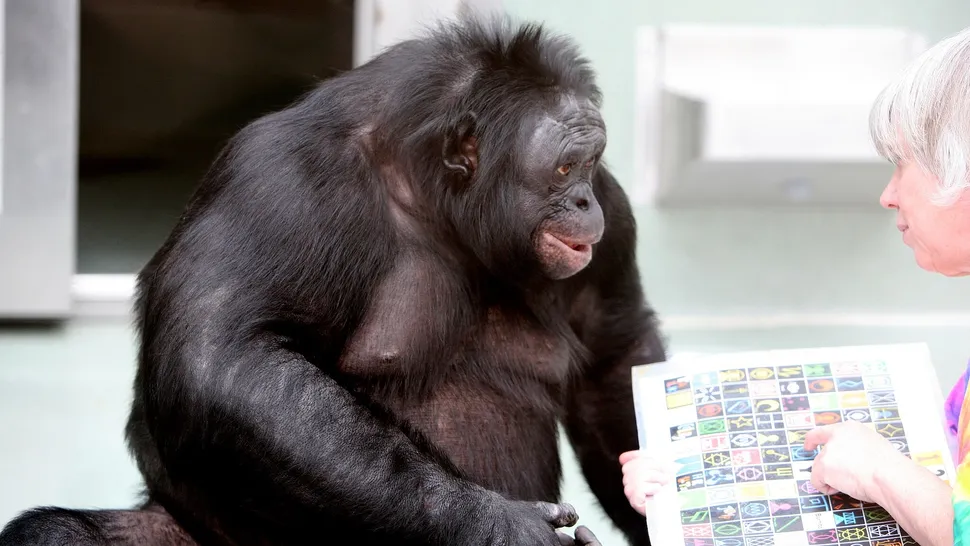There are many famous examples of animals who seem to understand human language. But is there any real science behind them?
At the turn of the 20th century, Clever Hans, a horse in Germany, captivated audiences by seemingly performing arithmetic, telling time, and understanding language. However, an investigation later revealed that the horse was responding to unconscious cues from his trainer, rather than understanding human language. This highlights the challenges in studying animal cognition and their understanding of human language.
Despite skepticism, animal language studies flourished in the 1960s and 1970s, particularly with primates, birds, and dolphins. Researchers debated whether animals truly understand language or if they’re simply mimicking behaviors. While many animals can pick up on context, tone, and body language, it’s unclear whether they comprehend words and grammar in the way humans do. However, recent research suggests that some animals, with training, may understand specific features of language, like the meaning of certain words.

Primates and Human Language
Koko, a western lowland gorilla, is one of the most famous examples of animal language studies. She learned American Sign Language (ASL) and used about 1,000 signs, responding to over 2,000 spoken English words. However, experts cautioned that Koko’s grasp of language was limited, often using signs nonsensically, and her trainers frequently interpreted her signs.
Kanzi, a male bonobo, demonstrated more advanced communication skills. Kanzi used a lexigram board, a set of symbols representing objects and actions, and could communicate requests with symbols. Researchers, including Simon W. Townsend, found that Kanzi understood the lexigrams well, though some questioned his ability to grasp syntax (the arrangement of words and symbols into sentences). Kanzi’s understanding of spoken English was also notable; he could respond to novel sentences, such as “Put on the monster mask and scare Linda,” completing tasks accurately in over 75% of trials.
Dogs and Human Language

Dogs, who have lived alongside humans for thousands of years, have evolved to be highly attuned to human communication. They can understand specific sounds, tones, and body language. Research suggests that dogs may even form mental representations of words, indicating a deeper comprehension of human speech.
One extraordinary example is Chaser, a border collie who learned over 1,000 words. She could differentiate commands with subtle differences in syntax, such as “bring the sock to the ball” and “bring the ball to the sock.” This suggests that some dogs can understand basic grammar. Federico Rossano, a cognitive scientist, is studying how dogs respond to human speech. In a 2024 study, dogs were shown to react to specific words like “outside,” “play,” and “food,” even without context clues, by performing related behaviors like running to the door or grabbing a toy.
However, some studies indicate limits to dogs’ understanding. For example, dogs struggle to differentiate between words that differ by just one sound (e.g., “sit” vs. “set”). Despite this, Rossano believes that his studies are showing more complex cognitive abilities in dogs than previously thought. He is currently investigating whether dogs use language to refer to things not currently present or combine words to describe things they don’t know the names of, which would imply even deeper cognitive processes.
Overall, while there is evidence suggesting that certain animals, particularly dogs and primates like Kanzi, can understand aspects of human language, the full extent of their linguistic abilities remains a subject of ongoing research.
